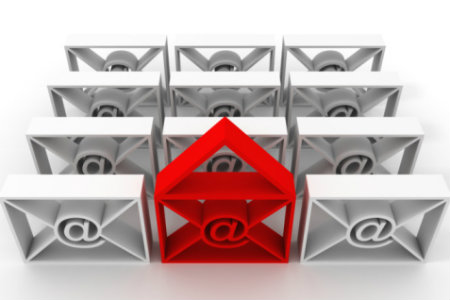- Data Services
- Fraud Prevention
- Solutions
- Resources
- About Us
- Login
- Talk to an expert
- Try us for free
Apr 24, 2015 | 3 min read

 Marketing is no longer means canvassing your audience with promotional messages you feel will earn you the most sales. In today’s marketing landscape, deemed the “age of the consumer,” marketing takes place entirely on the customer’s terms. The most successful campaigns go beyond simply adding a customer’s name to your emails. We’re talking about letting the customer set the context of the emails you create-so your messages align perfectly with where the customer is, what the customer is doing and why the customer wants to hear from you.
Marketing is no longer means canvassing your audience with promotional messages you feel will earn you the most sales. In today’s marketing landscape, deemed the “age of the consumer,” marketing takes place entirely on the customer’s terms. The most successful campaigns go beyond simply adding a customer’s name to your emails. We’re talking about letting the customer set the context of the emails you create-so your messages align perfectly with where the customer is, what the customer is doing and why the customer wants to hear from you.
This approach is called contextual marketing, and it’s hot, hot, hot right now. Why? Because it allows marketers to intersect big data, email automation, and their own insights, to anticipate customer needs and drive conversion.
But, despite its popularity as today’s buzzword du jour, there’s not a great deal of consensus on how to implement contextual marketing within your own strategies. To help you achieve successful contextual marketing, we’ve identified three steps that will get you on the road to mastering this bold new tactic.
Because contextual marketing focuses on reaching your customers wherever they are, it’s likely they’ll be out and about, and reading your email on a mobile device. Indeed, about two-thirds of emails are opened on devices. To align your strategy with this trend, invest in a high-quality responsive email design template. Make sure every email you send is readable and effective, no matter which device your customer uses.
Additionally, create mobile-specific content-such as coupon barcodes customers can scan directly at the register. By using your knowledge of where the customer might be when your email is opened, you can eliminate obstacles that prevent your emails from achieving your desired goal.
Contextual marketing doesn’t always mean real-time messaging. Sometimes, it’s more about anticipating your customer’s needs.
For example, imagine you have a B2B lead, and she’s been to your website and downloaded a couple of white papers, and a spec sheet on a big-ticket product. Now, let’s also imagine it’s December. Thinking about the context of what December means for B2B buyers, it’s possible she has some money left in her budget and is looking for an end-of-year purchase. Or, it’s possible she’s anticipating getting a new budget in January and is planning ahead.
You can leverage that insight into this lead’s timing by sending her content most likely to fit her immediate needs, such as a buying guide or a free ROI analysis.
The above example notwithstanding, you wouldn’t automatically assume every B2B customer is the same. Nor would you assume every female customer is the same, nor every customer living in Chicago, nor any other single criteria. It’s only when you gather enough data points about a customer that a story begins to emerge-and only then will you have the insights to understand what your customer is seeks.
Gathering this much data, however, can be a time-intensive, cumbersome process-which is why services such as InstantData are so helpful. This self-service tool allows you to start with whatever foundation of data you currently have, and easily fill in the blanks with whatever additional data you need to round out your total customer view. Possible data points might include age, education, household income or even personal interests and past purchase information. Imagine the power this level of insight can bring to your message.
With effective contextual marketing, the customer relationship possibilities are endless. You’ll be able to deliver the value your customers want, and they’ll be more likely to respond in ways that drive the ROI you need.
Ready to improve your email personalization and increase your impact through contextual marketing? Try InstantData free, and get the data you need!